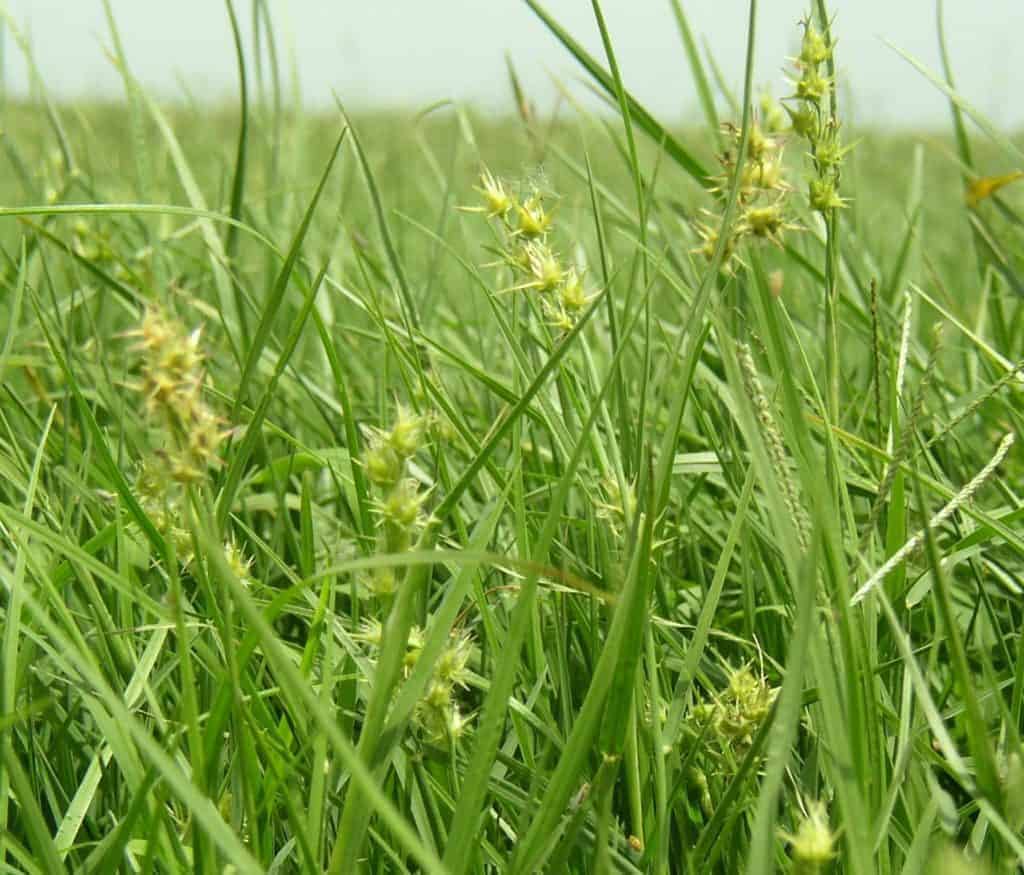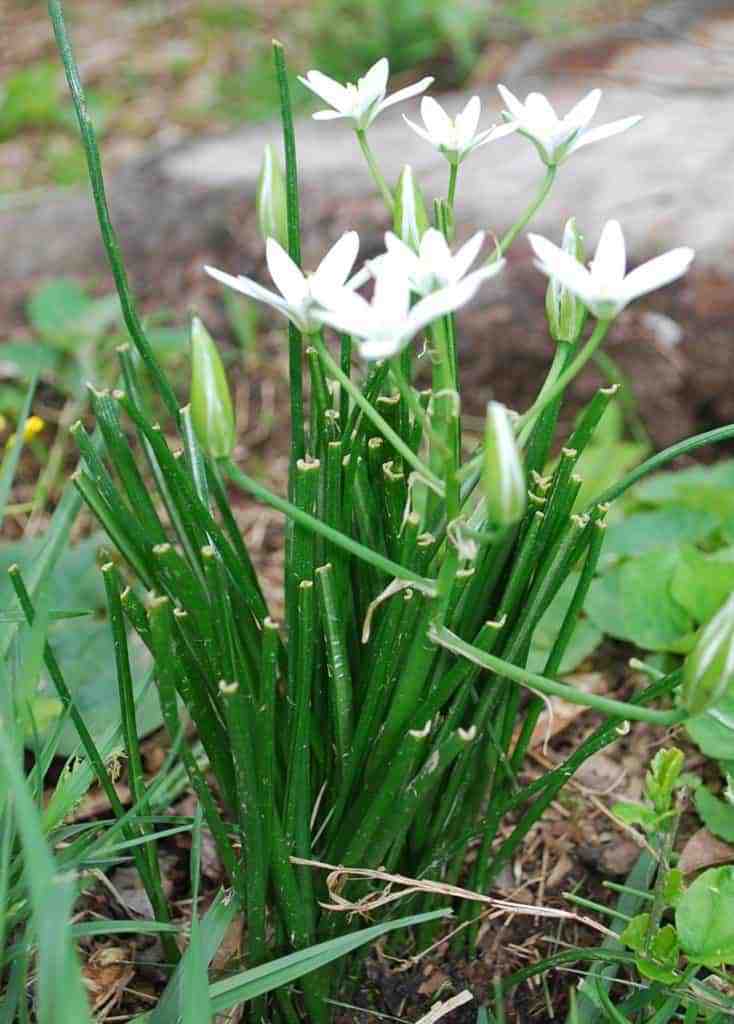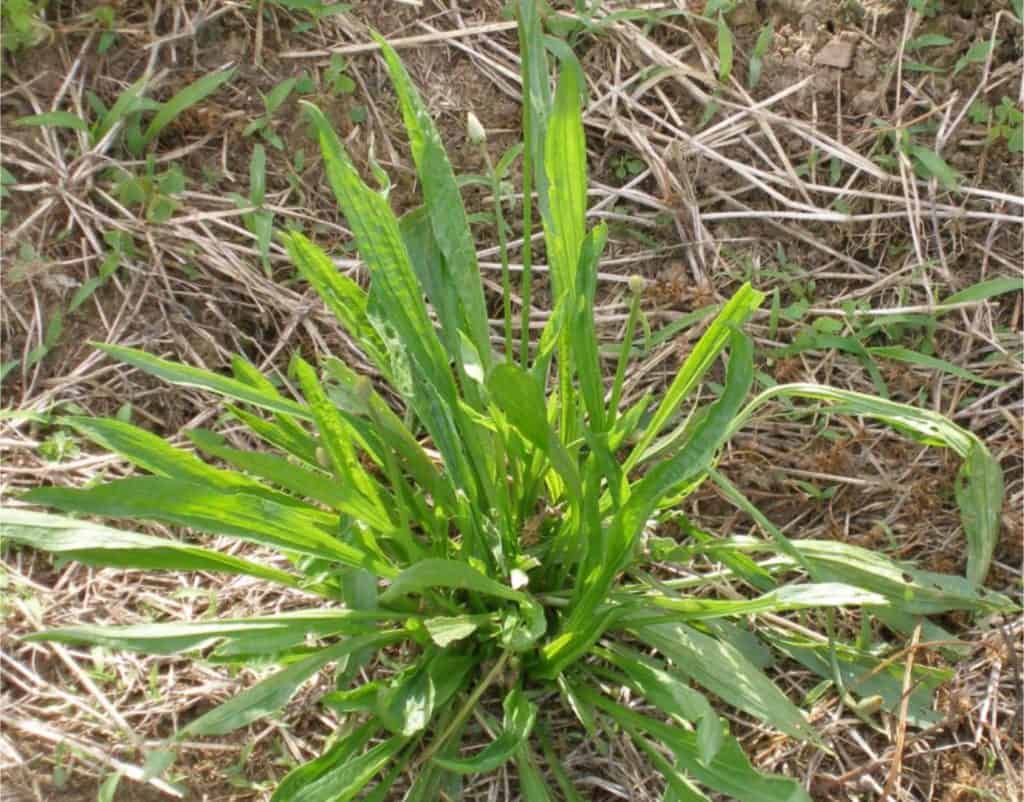
Weed of the Month: Eastern Poison Ivy
Animals such as cats, dogs, and horses are not sensitive to poison ivy, but can transfer the irritating urushiol oil to humans.

Animals such as cats, dogs, and horses are not sensitive to poison ivy, but can transfer the irritating urushiol oil to humans.

Which were the most accessed videos, slideshows, reports, and podcasts in 2013? Here’s a list of the top 10.

Most horse farms sport trees along paddock fencerows, near barns, and in pastures. While many trees are planted for shade or aesthetics, other woody (and often undesirable) plants frequently encroach from surrounding fields.

Perilla mint is toxic to horses and the greatest risk of consumption is in late summer or early fall.

Henbit and purple deadnettle are winter annual species found throughout the eastern United States. These weeds thrive in both cool-season and warm-season forage grasses.

This plant contains toxins that can cause digestive issues, appetite loss, and neurologic problems in horses.

Though not toxic, burs found on the plants can cause mechanical damage if horses consume them.

The key to avoid having weeds overtake your horse pastures is to make your pastures as competitive as possible for grass–a healthy stand of grass will go a long way toward out competing the weeds. Here are six important things you can do to avoid weeds.

Star-of-Bethlehem is a cool-season perennial of the lily family.

Buckhorn plantain is widespread across North America and is a common plant in various pastures and turf.

A perusal of most Kentucky horse pastures will uncover about 20 plant species, many of which are weeds.

Common milkweed produces cardiac-glycosides that are toxic to horses and can cause death within 24 hours.

Mild neurotoxicity to horses was reported in Europe but is not considered a serious threat in North America.

Johnsongrass is a coarse-textured perennial grass that grows well in pastures, gardens, fields, and roadsides.
Broadleaf plantain is widespread across North America and is a commonly occurring plant in all types of pastures and rough turf. It readily survives overgrazing and compacted horse pastures, especially when rainfall is limited.

Red maple is a valued landscaping tree in the eastern United States and Canada but is also toxic to horses.
Stay on top of the most recent Horse Health news with
"*" indicates required fields